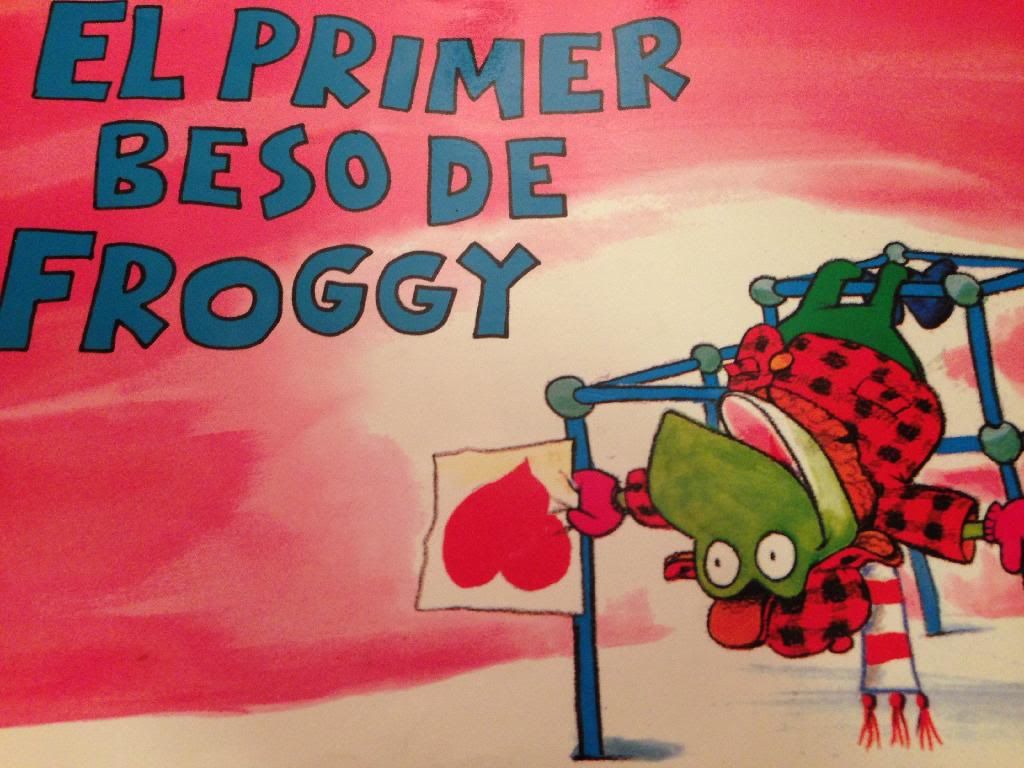{This post contains affiliate links. Thanks for supporting this blog!}
Here are some ideas for teaching about Valentine's Day to your Spanish students...
There aren't a ton of children's books in Spanish out there for Valentine's Day, but here is a short list of possibilities. My personal favorite is El Primer Beso de Froggy, but as of this posting it is out of print. If you can get a hold of of the book, it is great for middle to upper elementary students.
Un beso en mi mano
El Conejito Andarin
Adivina Cuanto Te Quiero
I also create vocabulary games for Valentine's Day...either Bingo, Memory, or Go Fish work well. Here is the list of vocabulary I normally use...
los besos
el corazón
los caramelos
el chocolate
febrero
el regalo
las flores
el cupido
la tarjeta
la flecha
el abrazo
rojo
rosado
I search for images for these items and create a file that has two copies of each image and then one copy of the word printed out. I then put these on half index cards
Also, you can make bingo cards with the images (I do six images per card) and use the word cards as your calling cards. This is a bit more work as you need to make enough cards for the number of students you have. And, of course, you will need to print more images for the bingo cards. But I made a set when I taught in the public school system that I used year after year. We used conversation hearts as markers for their bingo cards. The students LOVED it. Basically, to win, a student had to cover all six images on the card as I called them out in Spanish.













